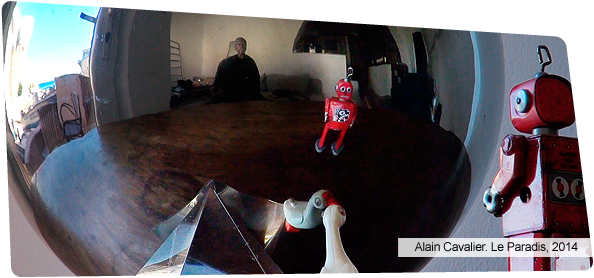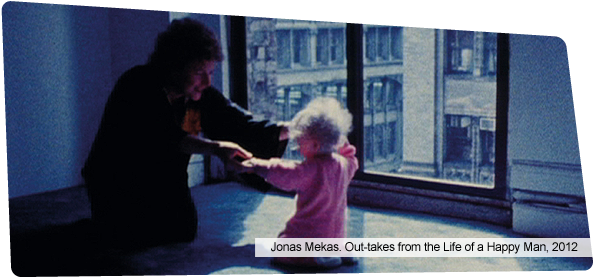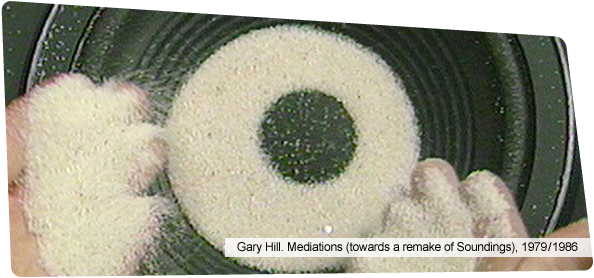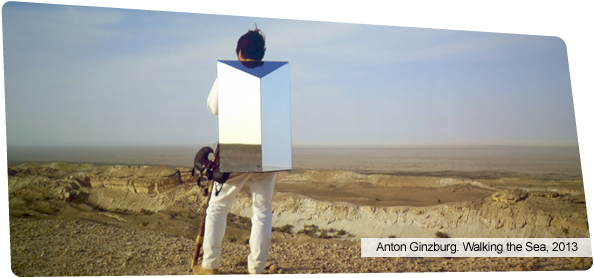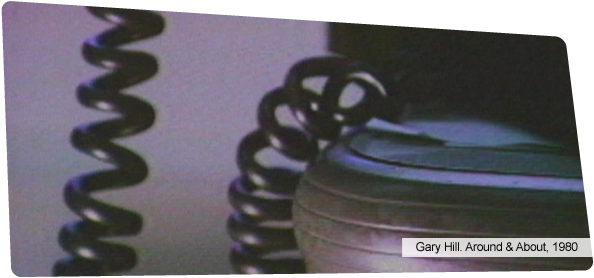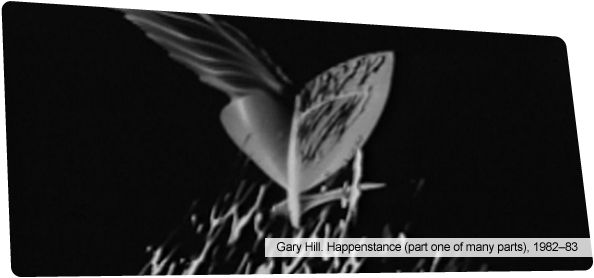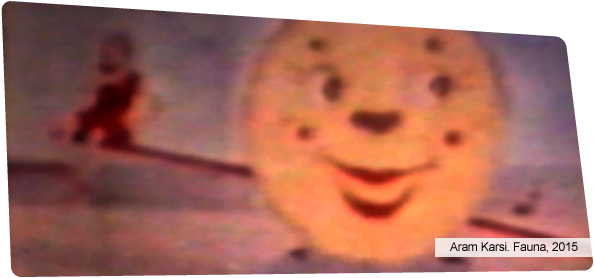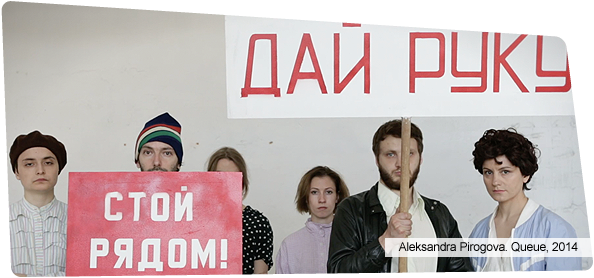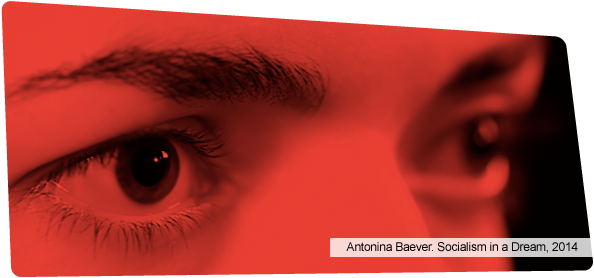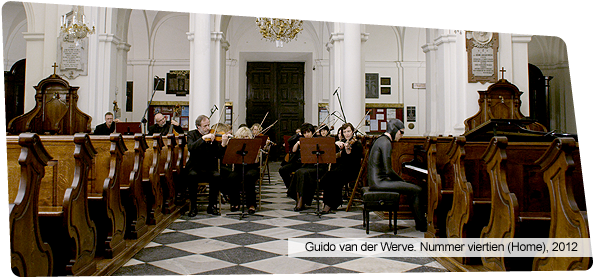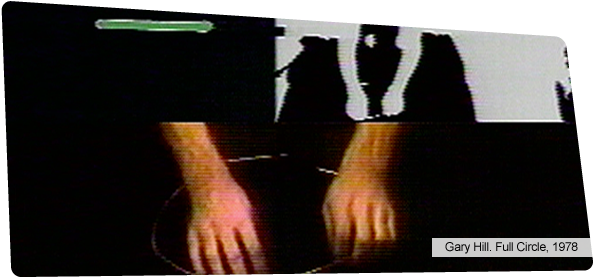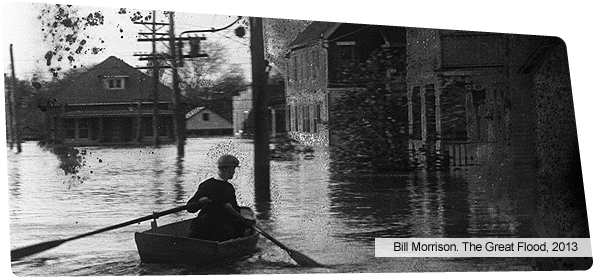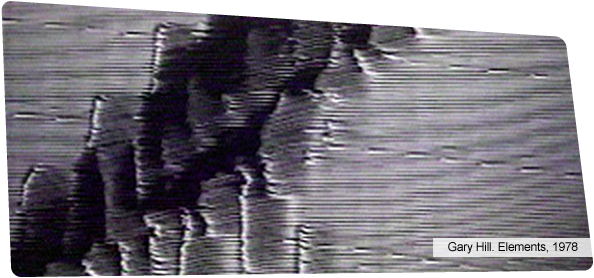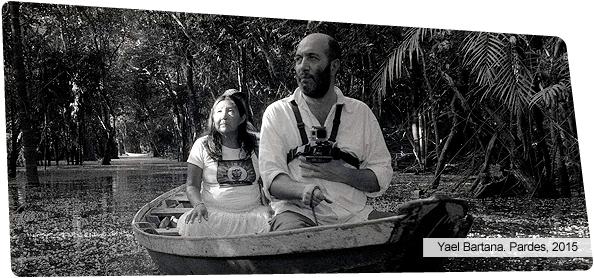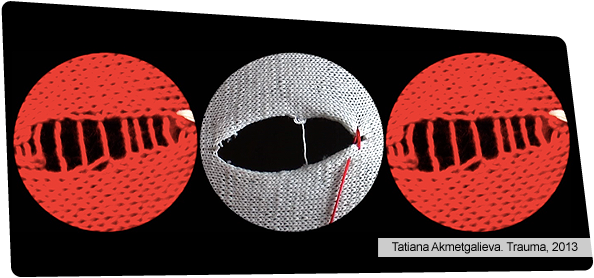About Media Forum

Schedule

"Walk with a Troubadour". Video Art premieres at the MIFF

Retrospective screening of Gary Hill works and premiere of the "Psychedelic Gedankenexperiment"

The "Great expectations" program. Special screening

The "Talking Cinema" program at summer movie theater MUZEON

For Press

Partners

Contacts
"Walk with a Troubadour": Video Art premieres at the MIFF

June 21—24, 2015
Multiplex Cinema “October”, Novy Arbat street, 24
Curator: Olga Shishko (Russia)
Participants: Anri Sala (Albania-France) together with Liria Begeja (France), Anton Ginzburg (Russia-USA), Santiago Sierra (Spain), Yael Bartana (Israel), art group "Provmyza" (Russia), art group “Boundless expanses” (Russia), Guido van der Werve (Netherlands), Aram Karsi (Russia), Bill Morisson (USA), Johanna Billing (Sweden).
10 premieres by the world stars in the field of cinema and video art will be shown as a part of the Media Forum at the “October” cinema. The works focus on sound and create a visual orchestra on screen.
Video program “Walk with a Troubadour” is a first part of the long-running project (there are screenings, master classes and an exhibition ahead). The works assembled for Media Forum-2015 will reveal a hidden performativity of contemporary social and artistic processes. The pieces are created by the artists working on the borders of cinema, video art and music. The Troubadour is simultaneously a musician, a poet and a performer of his own works. The new troubadours invite the viewer to talk about the inner harmony of man and society in the contemporary world, about the attempts to find and not to lose your own voice, to come into your own tune and not to forfeit it
The polyphony, improvisation, experiments with the process of creating a multiplying sonal and vivid layering, strung on the idea of the all-seeing and all-hearing, lead to the interesting formal breaks: incongruity of the hearing and dislocation of the listener; a search for the “dead spot”; dissection of the manners of sound, etc. Every single film is a creation of a resonant space, the expansion of sound, and of the cinematic or performative framework. Authors appear before the viewer as modern troubadours telling about invisible matters, of hidden, but inherent in everything around us musicality.
The new human, sounding universe is created by means of poetry, sound and rhythm: a nocturne by Chopin in the Guido van der Werve's video, sounds of the universe in Anton Ginzburg's soundscape, Mozart's Requiem in sync with the inner turmoil of Anri Sala and Liria Bégéja's heroine, resonant poetic dialogue by Gary Hill, signals from the past by Bill Morrison, Johanna Billing's improvisational orchestra composed of 60 cars, sound canons and eves by “Provmyza” group and “Boundless expanses” art-group.
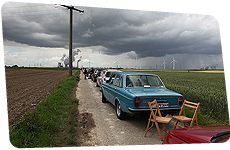 Johanna Billing
Johanna Billing
Pulheim Jam Session
2015
22'40''
Johanna Billingmakes videos that weave music, movement and rhythm — placing subtle emphasis on the individual within representations of changing societies. Connecting the modes of performance with a strictly film-like language, Billing in parts directs the participants and in parts puts in place a series of improvisations around the notion of performance and the possibility it holds to explore issues of the public and the private. The protagonists in Billing’s videos all play themselves but take part in staged situations that oscillate between documentary and fiction, as a multi-layered interpretation of a place.
The premier work “Pulheim Jam Session” is a film about a place, but it is also about the logic of staging and playing out of an event. A car jam and a jamming session are two distinct kinds of activity, both with their own freedoms and constraints.
In its initial incarnation Pulheim Jam Session was a participatory act as part of the project series Stadtbild.Intervention. 60 cars carrying over a hundred people from the Pulheim region of Germany, situated within commuting distance from Cologne, took part in constructing a traffic jam. In the event and ensuing film a car jam appears. Despite the obvious frustration inherent in the experience of traffic congestion people have busied themselves; eating fruit, doing crosswords, playing music, running in fields and talking of course. This moment of cosy sociability takes place in front of power stations in a part of Germany that is known for its contribution to post-war industrial prosperity. Meanwhile, in a barn nearby, Swedish artist and musician Edda Magnason is improvising on piano. Forty years earlier in Cologne, in the same year as Pulheim's reform, the American pianist Keith Jarrett held his live improvised concert, made famous due to a live recording. These two historical events are connected by their geography and by people’s memories and experience of the area. For Billing these connections as well as the idea of a recording serving as an aide-mémoire, bound these events into a space constructed between document, memory and repetition - creating a shifting mode crossing boundaries; spatially, temporally.
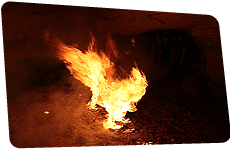 Group "Provmyza" (Galina Myznikova and Sergey Provorov), art-group "Boundless expanse"
Group "Provmyza" (Galina Myznikova and Sergey Provorov), art-group "Boundless expanse"
Canons and Eves
2015
45'00''
Premier work will be presented by artistic duo “Provmyza” (Galina Myznikova and Sergey Provorov) and their co-authors, art-group “Boundless expanse”. The project “Canons and Eves” refers to a complex of notions based on the binary opposition of "high and low" culture. Image of "grotesque body" which compilates in itself postulates of "sublime" and "humiliated" stands in the centre of the piece as an ethical element of overcoming naked man's shame and obscenity. "Canons and Eves" thus becomes the expectation of suffering in subjects, excluding the possibility of empathy between those who look and those who show.
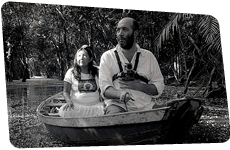 Yael Bartana
Yael Bartana
Pardes (Orchard)
2015
71'00''
Yael Bartana’s films, installations and photographs explore the imagery of identity and the politics of memory. Central to the work are meanings implied by terms like “homeland”, “return” and “belonging”. Bartana investigates these through the ceremonies, public rituals and social diversions that are intended to reaffirm the collective identity of the nation state. In her work “Pardes” (Orchard), Yael Bartana takes a very personal look at how Westerners seek personal enlightenment by appropriating traditional rituals.
She documents the journey of her close friend Michael, an Israeli artist, who, on the one hand, sceptically rejects all organised religion, but on the other hand, is on a constant search for deeper understanding, investigating Kabbalah as well as the cults of the Amazon. Under the guidance of a Brazilian shaman he undergoes the Ayahuasca ritual, taking the psychedelic brew that is said to lead to deep spiritual revelations about the universe and oneв's own personality, a feeling described as an experience of rebirth, enlightenment or in the worst case as one of the worst trips possible. The once very specific and local ritual becomes an inclusive performance, open for very different needs and cultural backgrounds.
 Bill Morrison
Bill Morrison
The Great Flood
2013
78'00''
Bill Morrison’s work typically re-purposes archival film footage, which is then edited to the work of contemporary composers. “The Great Flood” is a film-music collaboration by Bill Morrison and Bill Frisell based on and inspired by the catastrophic Mississippi River Flood of 1927 and the ensuing transformation of American society.
Much of Morrison’s work in The Great Flood is based on actual footage of the 1927 flood, including source material from the Fox Movietone Newsfilm Library and the National Archives. All film documenting this catastrophe was shot on volatile nitrate stock, and what footage remains is pock marked and partially deteriorated. The degraded film stock figures prominently in Morrison’s aesthetic with distorted images suggesting different planes of reality in the story—those lived, dreamt, or remembered. In The Great Flood, the bubbles and washes of decaying footage is associated with the destructive force of rising water, the film stock seeming to have been bathed in the same water as the images it depicts. These layers of visual information, paired with Frisell’s music, become contemporary again. The Great Flood’s imagery is visible through history’s prism, one that dances with the sound of modernity.
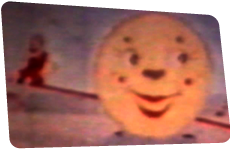 Aram Karsi
Aram Karsi
Fauna
2015
22'35''
“Fauna” by Aram Karsi also based on amateur archival footage from 1960-1970s. Audiovisual and form, lightening and color dramaturgy guidance, creating the process (or time) became focus of attention and author's experiment.
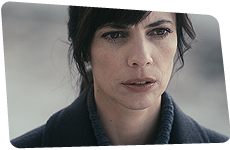 Anri Sala, with Liria Bégéja
Anri Sala, with Liria Bégéja
1395 Days Without Red
2011
43'00''
Film by Anri Sala, “1395 Days Without Red”, created together with Liria Bégéja, is a poetic metaphor of war tragedy and life under fire, when bright color of clothes makes you an easy target for snipers, and a pass through home street may become a road of death. Music by Tchaikovsky resonates with dismay, fear and inner strength of the heroine, and poses the question about possibility of survival in conditions of war without losing one's identity. The film makes reference to the 1395 days of the siege of Sarajevo, when wearing red or other bright colours risked attracting the attention of the snipers.
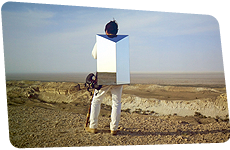 Anton Ginzburg
Anton Ginzburg
Walking the Sea
2013
30'00''
Anton Ginzburg in his project “Walking the Sea” charts a 26,000-square-mile area between Kazakhstan and Uzbekistan known as the Aral Sea, an environmental ruin of the Soviet era. Drawing on the tradition of American Land art from the late sixties and early seventies, Ginzburg approaches the waterless sea as a ready-made earthwork in order to make visible a territory, history, and a potential imaginary space that remain largely inaccessible. The film refers to regional histories and cultural myths, ranging from the figure of the plein-air painter as a traveling dervish to the musical qualities of the landscape as an Aeolian harp, and the belief in a subterranean “inner sea” into which the Aral Sea has disappeared.
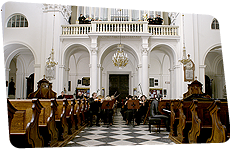 Guido van der Werve
Guido van der Werve
Nummer viertien (Home)
2012
54'00''
A complex but beautifully layered film “Nummer viertien (Home)”, using the Guido van der Werve’sown composed Requiem’s structure of three movements and 12 acts, which intertwines stories about Alexander the Great, Frédéric Chopin's death and elements from Van der Werve's own life in a poetic, exceptionally cinematic manner. When Chopin died in Paris, his sister smuggled his heart back to his homeland. Van der Werve followed the heart's 1500-kilometre route from Warsaw to Paris by swimming, cycling and running seven times the distance of an Ironman triathlon.
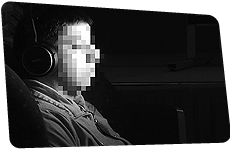 Santiago Sierra
Santiago Sierra
Lucia and prisoners
2014
12'36''
Sierra's oeuvre strives to reveal the perverse networks of power that inspire the alienation and exploitation of workers, the injustice of labour relations, the unequal distribution of wealth produced by capitalism, the deviance of work and money, and racial discrimination in a world scored with unidirectional (south–north) migratory flows.
In his work “Lucia and prisoners” Santiago Sierra addresses structures of power that operate in our everyday existence. Sierra's work intervenes into these structures exposing situations of exploitation and marginalisation, famously hiring underprivileged individuals who, in exchange for money, are willing to undertake pointless or unpleasant tasks. Sierra's work never repeats reality, but challenges it exposing its intrinsic mechanisms. In April 2014 sessions were facilitated for 5 inmates of the Justizanstalt Stein prison in Krems, Austria to use the Lucia N°03 light apparatus developed by two doctors, Dirk Proeckl and Engelbert Winkler. Lucia N°03 is a lamp-system that combines a stroboscope featuring variable speed and intensity with a constant light operating in different brightness levels. Various experiences, including vivid perception of colour and form, disembodiment etc., are activated by the computer controlled interplay of these light sources.
Venue
Multiplex Cinema “October”
Novy Arbat street, 24
karofilm.ru
Contacts
Julia Grachikova
+ 7 (905) 719-66-85
ididshe@gmail.com

